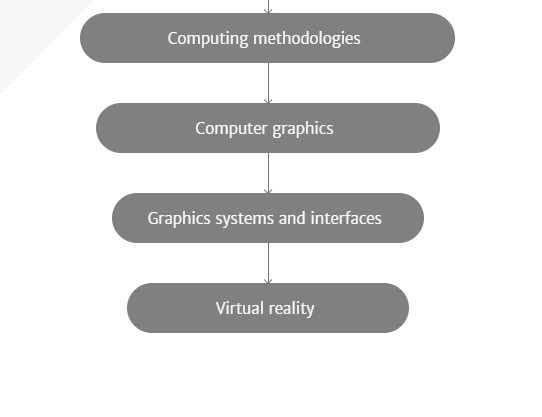Compensating the Effect of Communication Delay in Client-Server–Based Shared Haptic Virtual Environments
PubDate: December 2015
Teams: Technische Universität München
Writers: Clemens Schuwerk;Xiao Xu;Rahul Chaudhari;Eckehard Steinbach

Abstract
Shared haptic virtual environments can be realized using a client-server architecture. In this architecture, each client maintains a local copy of the virtual environment (VE). A centralized physics simulation running on a server calculates the object states based on haptic device position information received from the clients. The object states are sent back to the clients to update the local copies of the VE, which are used to render interaction forces displayed to the user through a haptic device. Communication delay leads to delayed object state updates and increased force feedback rendered at the clients. In this article, we analyze the effect of communication delay on the magnitude of the rendered forces at the clients for cooperative multi-user interactions with rigid objects. The analysis reveals guidelines on the tolerable communication delay. If this delay is exceeded, the increased force magnitude becomes haptically perceivable. We propose an adaptive force rendering scheme to compensate for this effect, which dynamically changes the stiffness used in the force rendering at the clients. Our experimental results, including a subjective user study, verify the applicability of the analysis and the proposed scheme to compensate the effect of time-varying communication delay in a multi-user SHVE.
